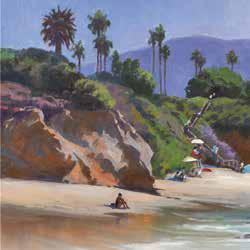
In the study of the history of art, we find many types of art that later become known collectively as "genres." But what does that word really mean? The word genre is used to help identify, categorize and organize things specifically in the world of the arts. This word can be very confusing as it is used in many different ways in the art world, so you are not alone if you are unsure how to use it. I will try to shed some light on this in this issue's Art Industry Insider. An example is John Cosby's work, shown here, which would be labeled as a landscape, plein air painting in a contemporary hybrid style genre of realism and impressionism.
Genre generally has two meanings: the type or style of a work of art, or the topic or content of a piece. In layman's terms, genre is a grouping of the same kind of art with "similar aspects" in the work that tie it together, like the subjects of landscape, still life or figurative. However, it can often mean which type of art, such as painting, sculpture, cinema, music or literary work. It can also mean which "style" genre such as realism, cubism, impressionism, modernism or romanticism. To add to the confusion, there is another specific group of works called "genre paintings," which specifically refer to scenes that depict everyday life and mostly show interior scenes with people, animals, still lifes or even landscapes with people. So if you say "genre paintings" this usually means everyday scenes of life with a group of people, like a picnic or an open market.
Bu hikaye International Artist dergisinin October/November 2022 sayısından alınmıştır.
Start your 7-day Magzter GOLD free trial to access thousands of curated premium stories, and 9,000+ magazines and newspapers.
Already a subscriber ? Giriş Yap
Bu hikaye International Artist dergisinin October/November 2022 sayısından alınmıştır.
Start your 7-day Magzter GOLD free trial to access thousands of curated premium stories, and 9,000+ magazines and newspapers.
Already a subscriber? Giriş Yap
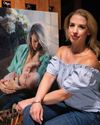
Fresh Eyes
Anna Rose Bain discusses the passions of being an artist and helping students transform their own work
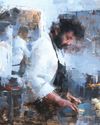
The Next Level
Jacob Dhein uses a wet-into-wet technique to create painterly depictions of a variety of subjects
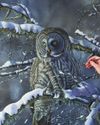
Wild Spirit
Alternating between broad glazes and fine details, Claire Milligan captures the intricacies of the animal kingdom
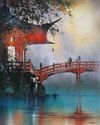
The Bridge Between
Watercolorist Thomas Wells Schaller delves into the nuances of observation and imagination
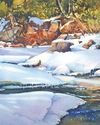
The Color Continuum
Catherine Hearding demonstrates how she utilizes color to enhance the mood of her landscapes
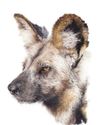
Points of Precision
A strong focal point and attention to detail make Nicola Jane's artwork jump off the page
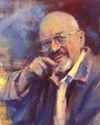
BE YOURSELF
Harley Brown's fascinating things no one else will tell you
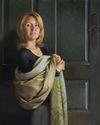
JEFFREY T. LARSON
Expertly Putting the Pieces Together
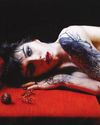
Hot-Blooded
Blending elements of realism and surrealism, figurative artist Anna Wypych’'s paintings are dominated by vivid reds
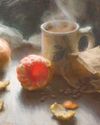
Adam Clague Incandescence
Adam Clague’s masterful understanding of contrast allows him to paint subjects that seem to glow from within